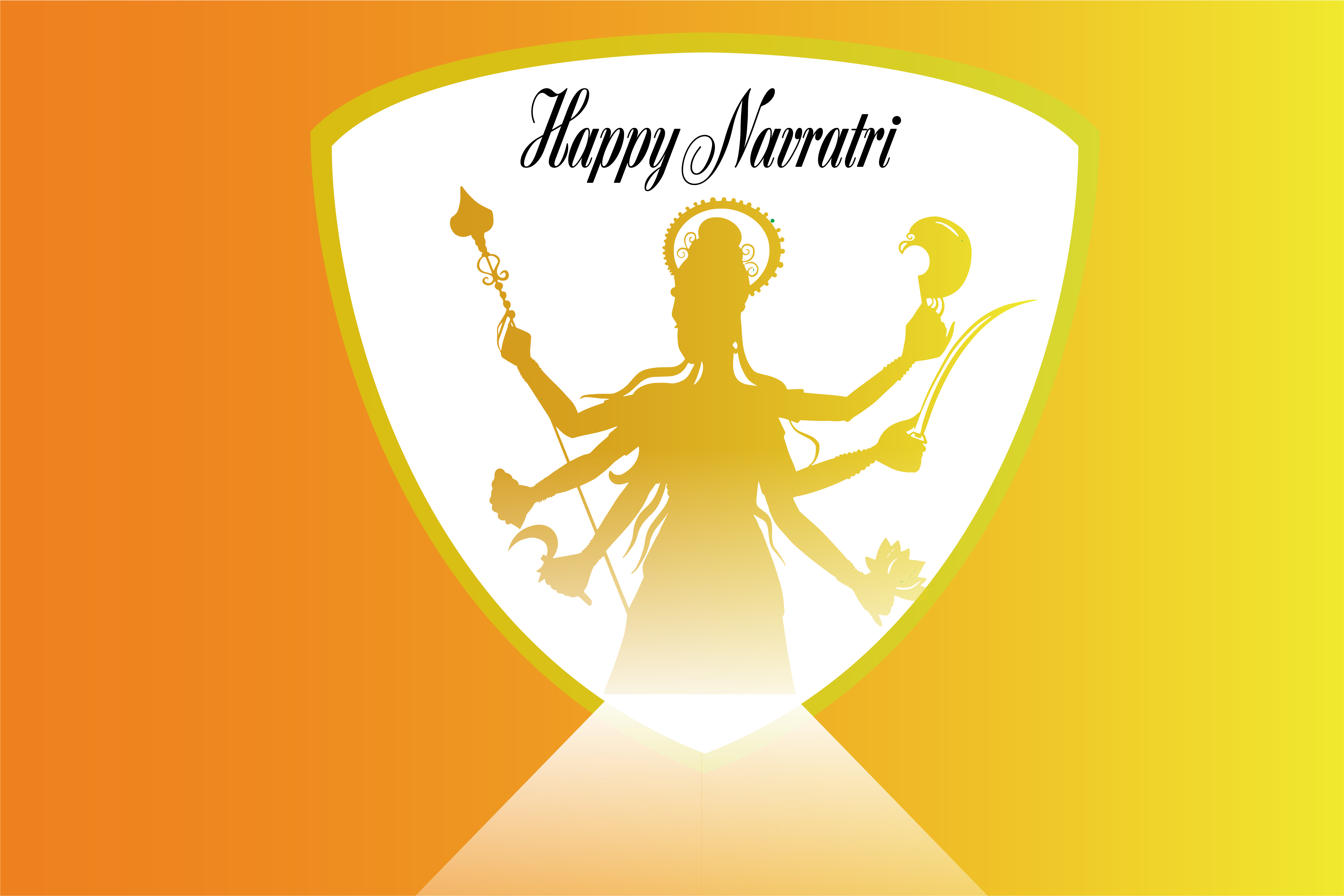This Navratri | Say NO to all forms of Alcohol
A dusky feel with a cool breeze in the morning is reflective of festival season commencement in India! The morning today accurately was so, as if embracing the period of Navratri!
Navratri, which means nine nights, is celebrated annually for nine nights and ten days.
The way and forms of observance may differ across India, but the core stays the same – to honor the divine Devi Durga. Goddess Durga is the epitome of strength, power, and motherhood.
The beauty of any festival celebrated around the globe is that each carries a significance, a history, an impact, and/or a meaning. On similar lines, the nine days of Navratri bring an exceptional sense, with each day symbolizing a form of Navadurga.
Pratipada – Day 1 – Shailaputri
Shailaputri, also called the daughter of the mountain, is an incarnation of Goddess Parvati. You may visualize her as the symbol of power, riding a bull, with a lotus flower in her left hand and Trishul in her right. Representing vigor and action, the day’s color is yellow.
Dwitiya – Day 2 – Brahmacharini
Brahmacharini, another incarnation of Goddess Parvati, exemplifies calm, peace, bliss, and prosperity. Depicted as holding a kamandala and japamala in her hands and walking bare feet, the Goddess represents the unmarried form of Goddess Parvati. As the theme, so is the color of the day, i.e., green.
Tritiya – Day 3 – Chandraghanta or Kushmanda
Chandraghanta, symbolizing beauty and bravery, embodies the married form of Goddess Parvati. The lively and elegant grey color aptly encapsulates this day.
The universe’s creative power, Goddess Kushmanda, typifies the Earth’s vegetation. The grey color represents the valiant Goddess with eight arms and graciously sitting on a tiger.
Panchami – Day 4 – Skandamata
Skandamata is the mother of Skanda (Kartikeya). She indicates the transformation of a woman to a mother and the motherly strength she gains during the journey. The Goddess rides on a ferocious lion, has four arms, and holds her baby, protecting it from the dangers of the world. The royalty of this mother is precisely depicted by the orange color.
Shashtami – Day 5 – Katyayani
An incarnation of Goddess Durga, Katyayani, also known as the warrior goddess, is one of the most violent forms of the Devi. She rides a lion, has four hands, and is represented by the color white.
Saptami – Day 6 – Kalaratri
Devi Kalaratri represents the most ferocious form of Goddess Durga. With anger in her eyes, she comes in a tiger skin or red-colored attire depicting Parvati removing her fair skin to fight the Nisumbha and Sumbha demons. The day goes with the color red.
Ashtami – Day 7 – Mahagauri
Belief says that Goddess Kalaratri turned fair after bathing in river Ganga post her battle with the demons. She then takes the form of Mahagauri, signifying peace and intelligence. The day brings in positivity with a vibrant peacock royal blue.
Navami – Day 8 – Siddhidatri
Sitting on a lotus, Goddess Siddhidatri marks the end of the auspicious Navratri by bestowing all types of Siddhis with her four hands. The purple color appositely helps us bid adieu to the super nine days, welcome the festivities that come along, and cherish the beauty of the surrounding nature.
While the focus of any celebration was just ‘celebrating’ sometime back, it has now transformed to ‘safe celebration,’ and rightfully so! Many of our previous blogs have elaborated on the cruciality of safety, this one sees it with an angle of celebrations and festivities.
Some hardcore believers and followers of Navratri take to few stringent measures like avoiding cutting hair or nails or beard, etc. However, letting go of tobacco or alcohol is something the majority of the celebrators follow. I have a question for all of them!
Do you really avoid all forms of alcohol?
We adopted enormous means to change with the times, to change with COVID, to change with the pandemic. One thing this change entailed was the excessive use of alcohol-based hand sanitizers.
So, the question is-
Are you using these sanitizers during Navratri 2022?
If yes, then alcohol forms a part of your celebration.
If not, what about your safety and hygiene?
What if we can fabricate a solution to all these problems? Heard of alcohol-free hand sanitizer in India?
Alcohol-free hand sanitizer
It’s not just us, but also many types of research, including the one conducted by Brigham Young University last year, illustrates the alcohol-free hand sanitizers to be just as effective at sanitizing and disinfecting as the alcohol-based sanitizers. Furthermore, the efficacy increases multifold with the use of hypochlorous acid (HOCl), thus making such sanitizers one of the best alcohol-free sanitizers.
Manufactured naturally, maintained organically, checks the spread of viruses and bacteria effectively, yet free from any toxins, chemicals, and most notably alcohol, just what we need! Isn’t it?
So, this Navratri, stay safe, be happy, and say NO to all forms of alcohol.
Avani Raj Arora

9 thoughts on “This Navratri | Say NO to all forms of Alcohol”
Happy Navratri guys
Thanks Kusum 🙂
A very happy Navratri to you too..
I loved your article.Much thanks again. Really Great.
Thanks 🙂
Really appreciate you sharing this article.Really thank you! Awesome.
Thank you!
Muchos Gracias for your article post.Thanks Again. Will read on…
Con gusto!